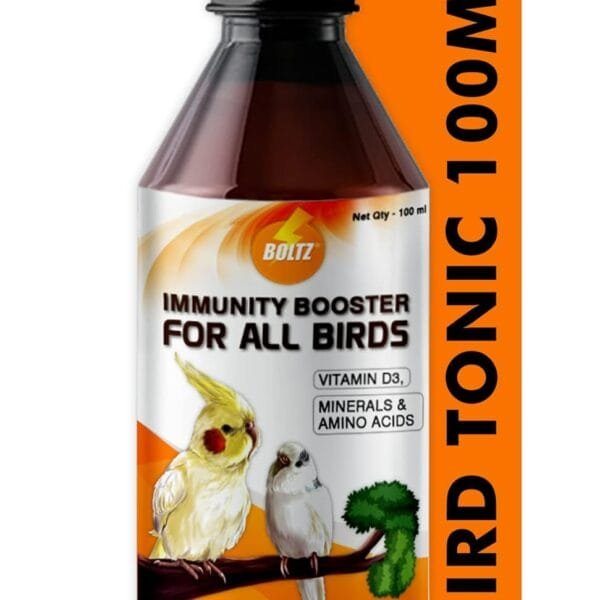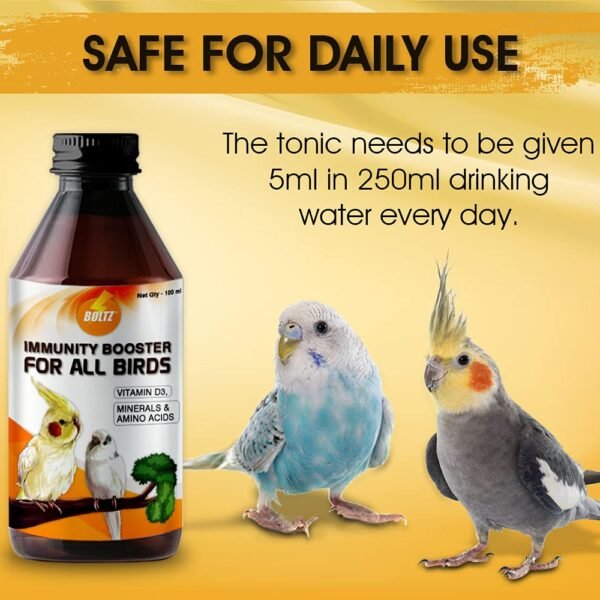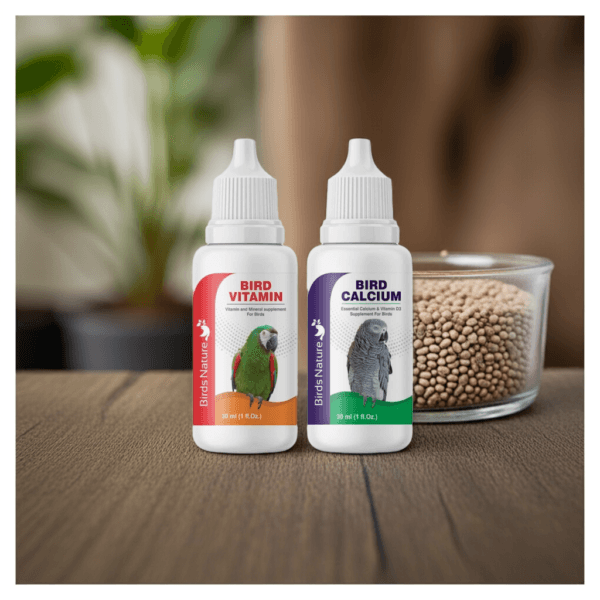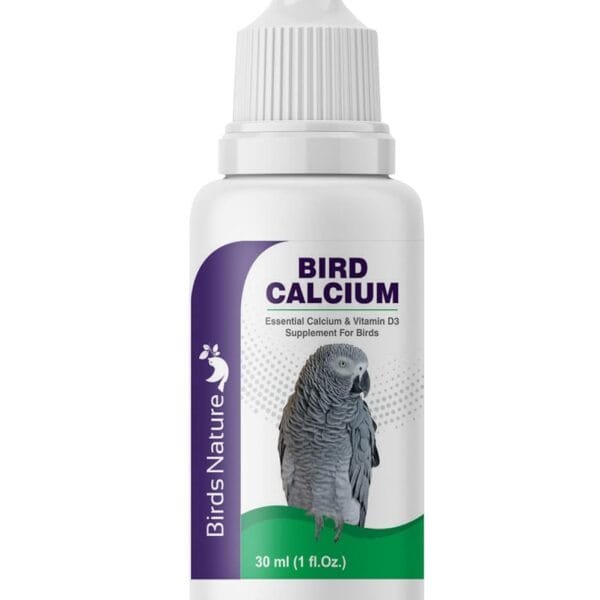Plum-headed Parakeet
The Plum-headed Parakeet (Psittacula cyanocephala) is a stunning medium-sized parrot (33 cm) native to the Indian subcontinent, named for the male’s vibrant plum-colored head and black neck ring. These graceful birds have a slender build with long tail feathers and exhibit striking sexual dimorphism – females display a greyish-blue head instead of purple. Known for their gentle temperament and soft, melodic calls (quieter than other parakeets), they’re excellent aviary birds but require patient socialization to become hand-tame. Their diet consists mainly of fruits, flowers, and seeds in the wild, which should be replicated in captivity with high-quality pellets, fresh produce, and limited seeds. With proper care including spacious flight space and mental stimulation, they can live 15-20 years.
| ESSENTIAL FACTS | |
|---|---|
| Scientific Name | Psittacula cyanocephala |
| Size | 33 cm (13 in) including 22 cm tail |
| Weight | 66-80g |
| Lifespan | 15-20 years |
| IDENTIFICATION | |
| Male | • Deep plum-red head • Black neck ring/chinstrap • Yellow-tipped tail |
| Female | • Lavender-grey head • No neck ring • Duller green plumage |
| DIET | |
| Wild Diet | Figs, guava, mango, seeds, nectar |
| Captive Diet | • 50% small parrot pellets • 30% chopped fruits/veggies • 20% sprouted seeds |
| HOUSING | |
| Cage Size | Min. 24″W × 24″D × 36″H (pair) |
| Aviary Ideal | 6’L × 3’W × 6’H for natural flight |
| BEHAVIOR | |
| Temperament | Gentle, less nippy than other parakeets |
| Noise Level | ⭐️⭐️ (Softer, musical calls) |
| Talking Ability | ⭐️⭐️⭐️ (Can learn words with training) |

Showing all 4 results
Showing all 4 results
🦜 Plum-headed Parakeet Care Guide
Complete care instructions for your delicate Asian parakeet
🌞 Daily Care Routine
- Feeding: 1 tbsp small parrot pellets + 2 tbsp chopped fruits/veggies + 1 tsp sprouted seeds
- Water: Change twice (they often bathe in bowls)
- Flight Time: Minimum 2 hours in bird-safe room
- Socialization: 30+ minutes gentle interaction
📅 Weekly Tasks
- Cage Cleaning: Full disinfection of all surfaces
- Bathing: Offer shallow water dish or mist spray
- Toy Rotation: Change 3-4 foraging toys
- Weight Check: Healthy range: 66-80g
| IDEAL DIET COMPOSITION | ||
|---|---|---|
| Food Type | Percentage | Best Options |
| Pellets | 50% | Zupreem Fruit Blend, Kaytee Exact |
| Fruits | 25% | Figs, guava, mango, pomegranate |
| Vegetables | 15% | Chopped greens, sweet potato, corn |
| Seeds/Sprouts | 10% | Millet, sunflower (limited), lentil sprouts |
🏠 Housing Requirements
- Cage Size: Minimum 24″W × 24″D × 36″H for single bird
- Bar Spacing: 1/2″ to 5/8″ (prevent escape)
- Perches: Natural wood branches (0.5-1″ diameter)
- Toys: Small wooden blocks, palm leaf shredders
- Location: Draft-free area with indirect sunlight
❤️ Health Monitoring
- Weekly Checks:
- Bright, clear eyes
- Smooth beak/nails
- Clean vent feathers
- Common Issues:
- Respiratory infections (keep warm)
- Feather mites (provide bathing opportunities)
- Vitamin A deficiency (offer orange veggies)
💡 Behavior & Training Tips
- Taming: Use millet sprays to build trust (they’re naturally shy)
- Noise Reduction: Cover cage partially during loud hormonal periods
- Enrichment: Hide food in paper cups or leaf wrappers
- Breeding Behavior: Males may become territorial in spring/summer










